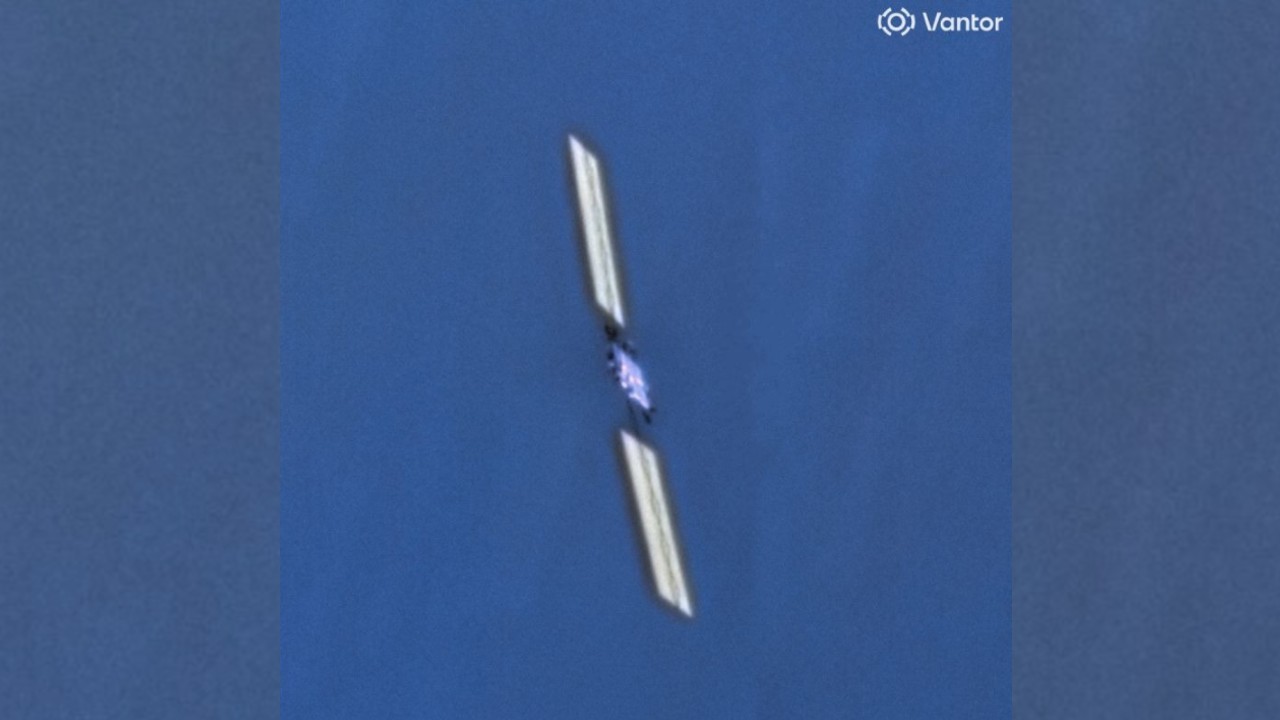NASA Picks 4 Companies to Test Innovative Tech Near Edge of Space

NASA has picked four private companies to fly experiments near the edge of space to test innovative new technologies.
U.S. space agency announced the selection of Virgin Galactic — which plans to fly tourists to space next year — as well as Masten Space Systems, Paragon Space Development Corp. and Up Aerospace Inc., on Monday (Sept. 8) as part of its suborbital flight services program.
Each of the firms will receive at least $100,000 to run flights for three years. The companies will perform flights "near the boundary of space" but still within Earth's atmosphere, NASA officials said. The contracts could be extended for up to two years.
The agency touted the new awards as building on previous contracts awarded in 2011, adding that the commercial providers all have "proven flight systems" to get the job done.
"We've made tremendous progress in working toward the goal of regular, frequent and predictable access to near-space at a reasonable cost with easy recovery of intact payloads," Michael Gazarik, associate administrator for space technology at NASA Headquarters in Washington, said in a statement.
"These proven flight service providers will allow for payloads from organizations including NASA, industry, academia, and other government agencies to be tested on flights to the edge of space before being committed to demonstration in the harsh environment of space itself," Gazarik added.
The contracts are a part of NASA's Flight Opportunities Program, which runs out of the agency's Armstrong Flight Research Center in Edwards, California. One major goal of the program is to make technologies ready for space flights.
Breaking space news, the latest updates on rocket launches, skywatching events and more!
On the program website, NASA said the program allows researchers to test out their payloads in microgravity for three to four minutes, or in gravity loads that simulate what is found on the moon or Mars.
"Technology flights reduce the risk for use of emerging technologies, procedures, and overall space operations in future missions by demonstrating application in a relevant environment," NASA officials wrote on the website.
Follow Elizabeth Howell @howellspace. Follow us @Spacedotcom, Facebookand Google+. Original article on Space.com.

Elizabeth Howell (she/her), Ph.D., was a staff writer in the spaceflight channel between 2022 and 2024 specializing in Canadian space news. She was contributing writer for Space.com for 10 years from 2012 to 2024. Elizabeth's reporting includes multiple exclusives with the White House, leading world coverage about a lost-and-found space tomato on the International Space Station, witnessing five human spaceflight launches on two continents, flying parabolic, working inside a spacesuit, and participating in a simulated Mars mission. Her latest book, "Why Am I Taller?" (ECW Press, 2022) is co-written with astronaut Dave Williams.
